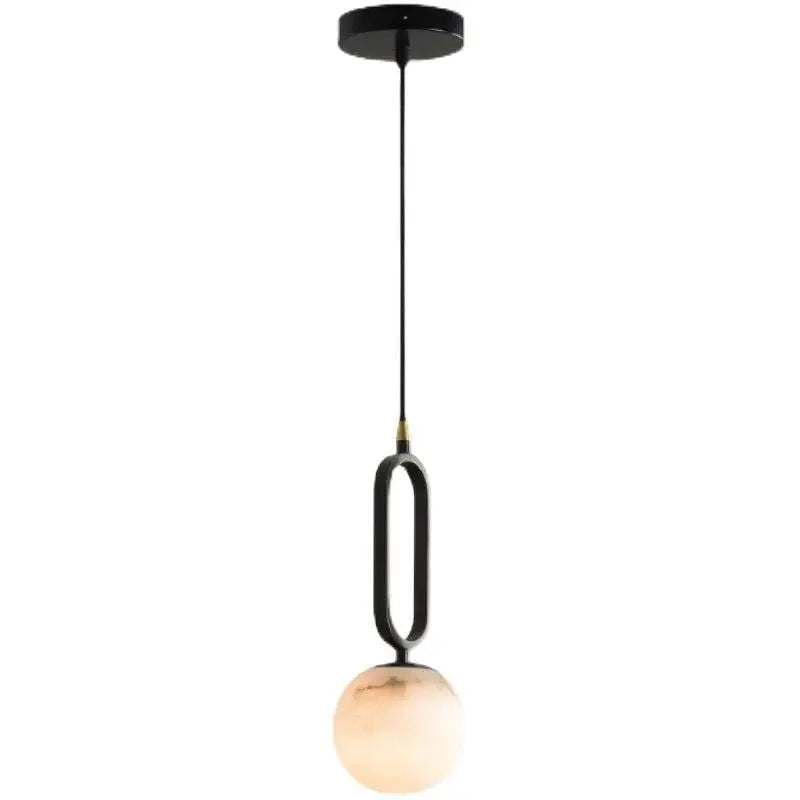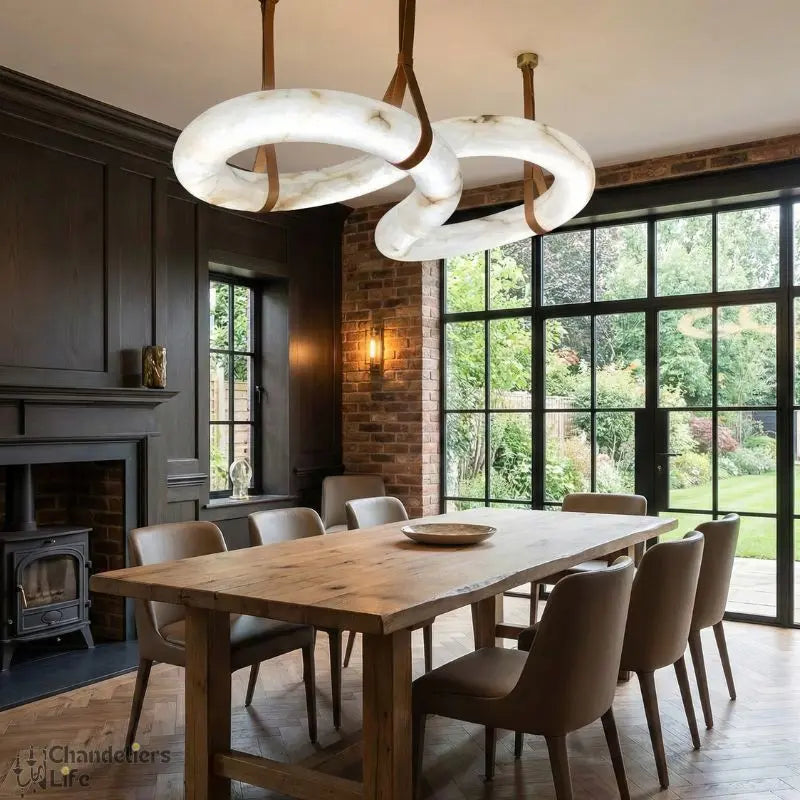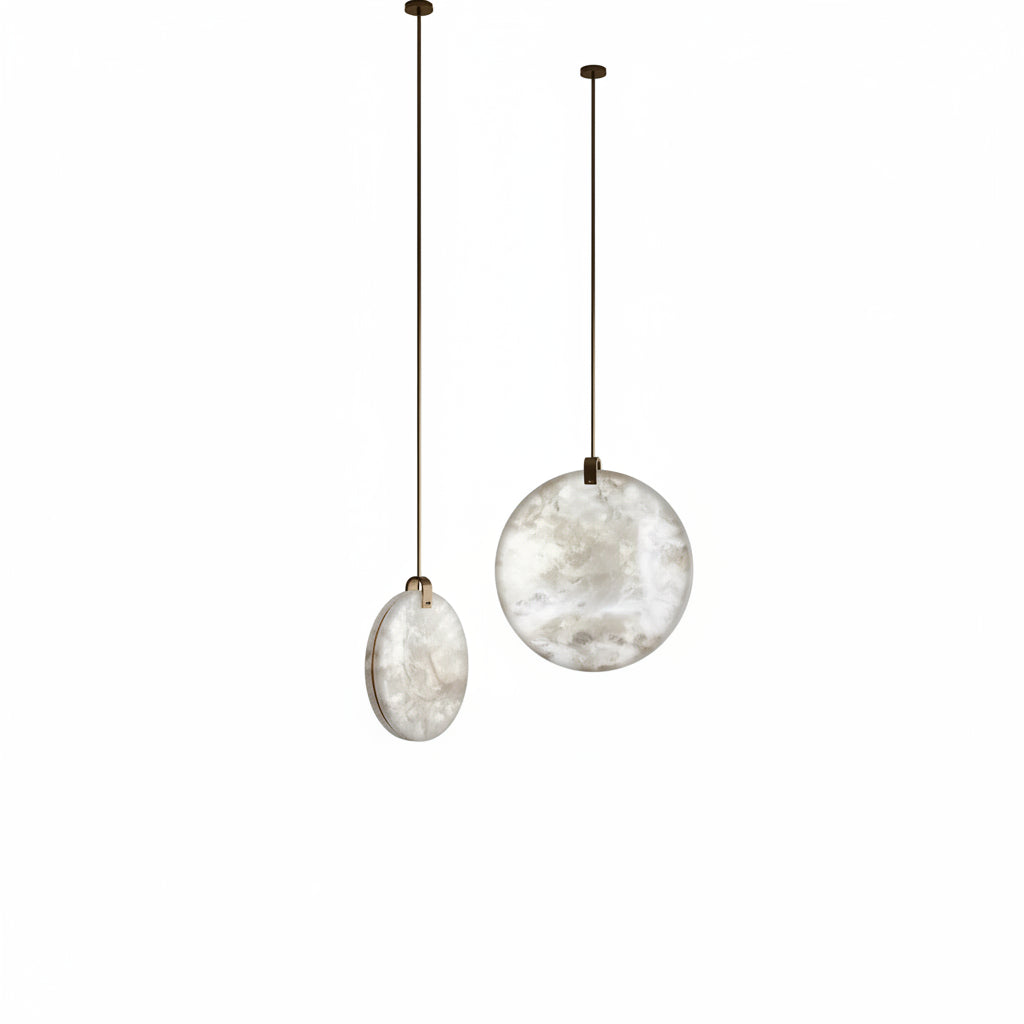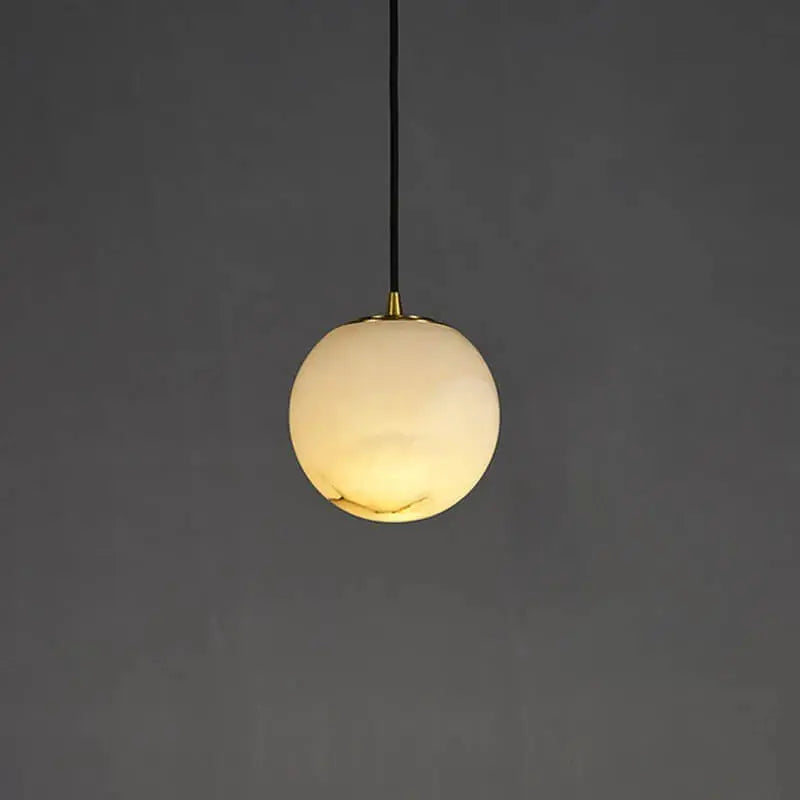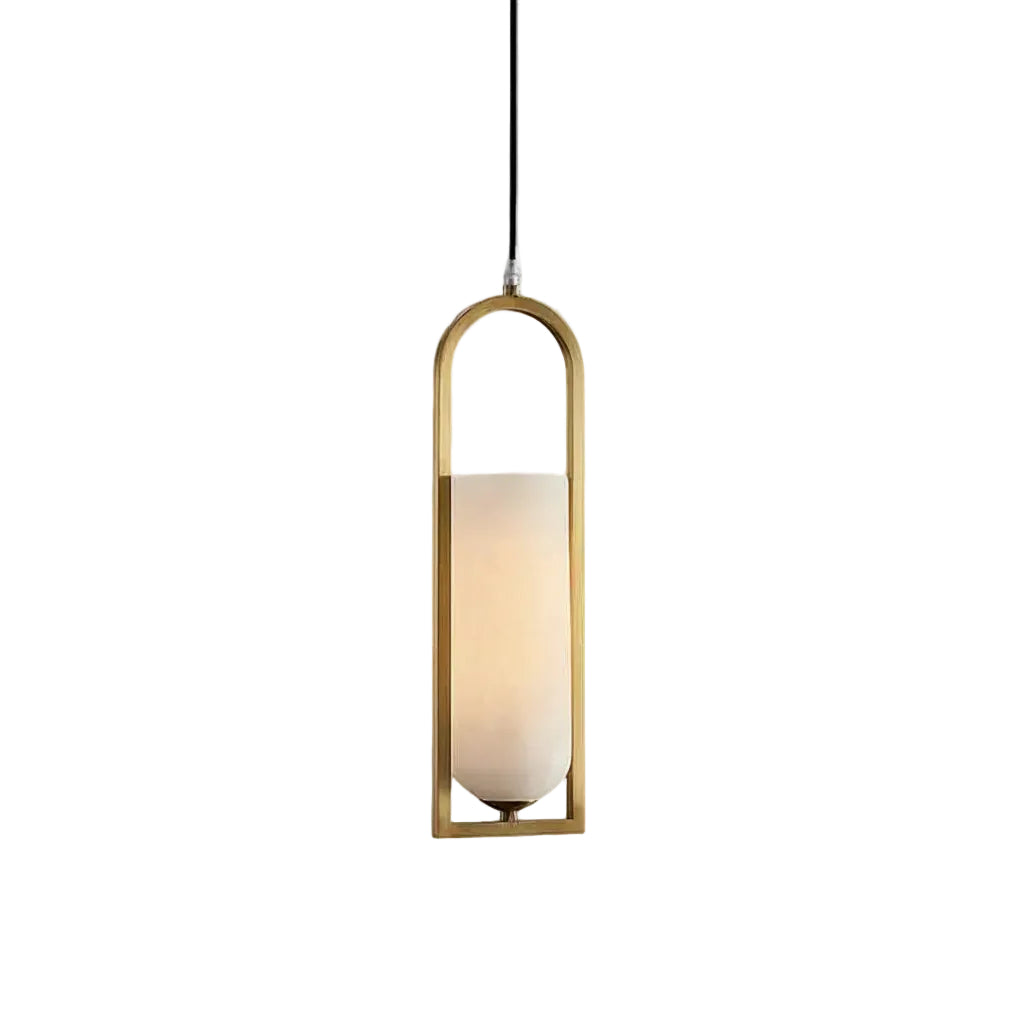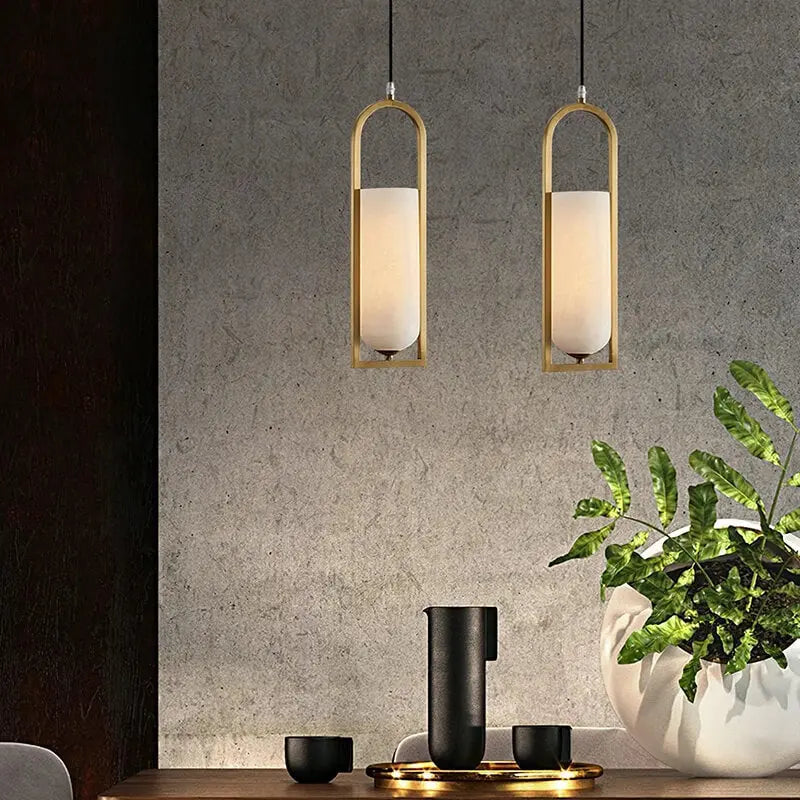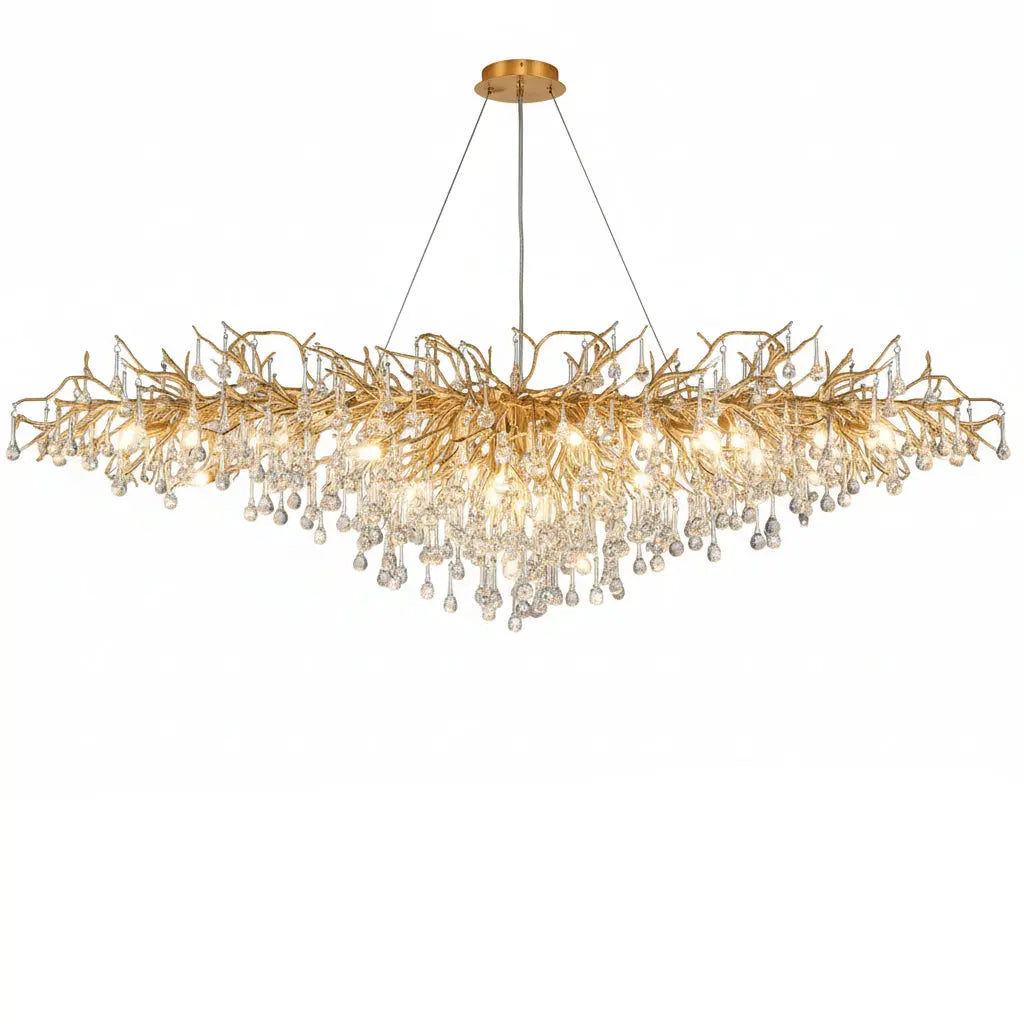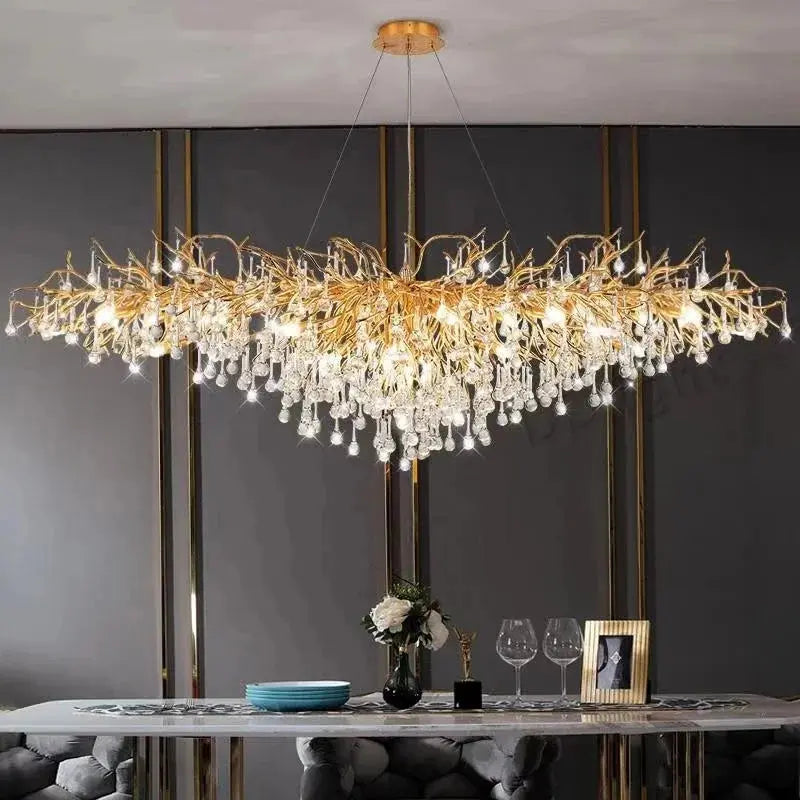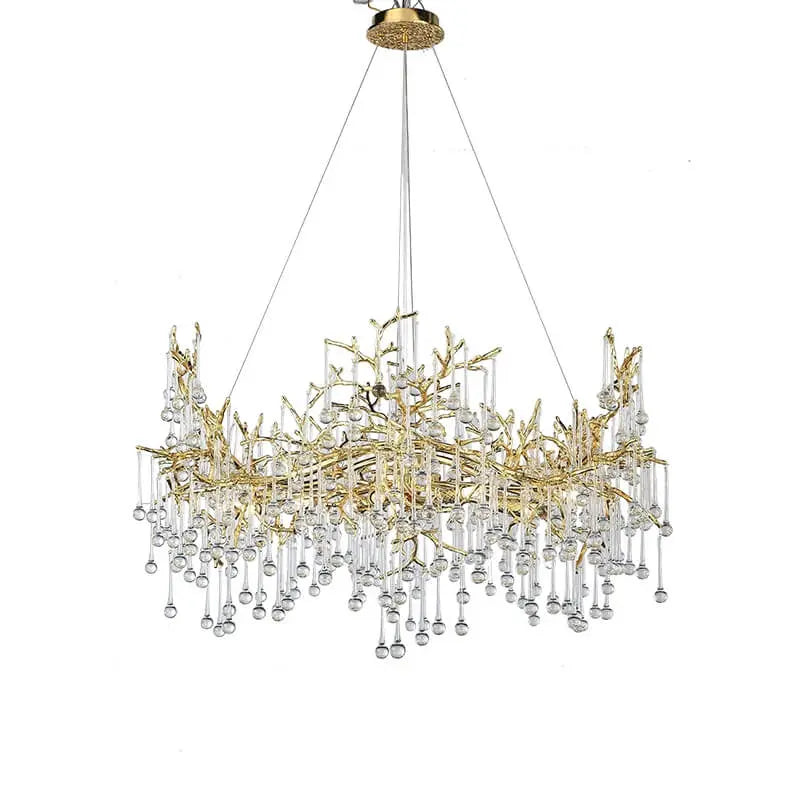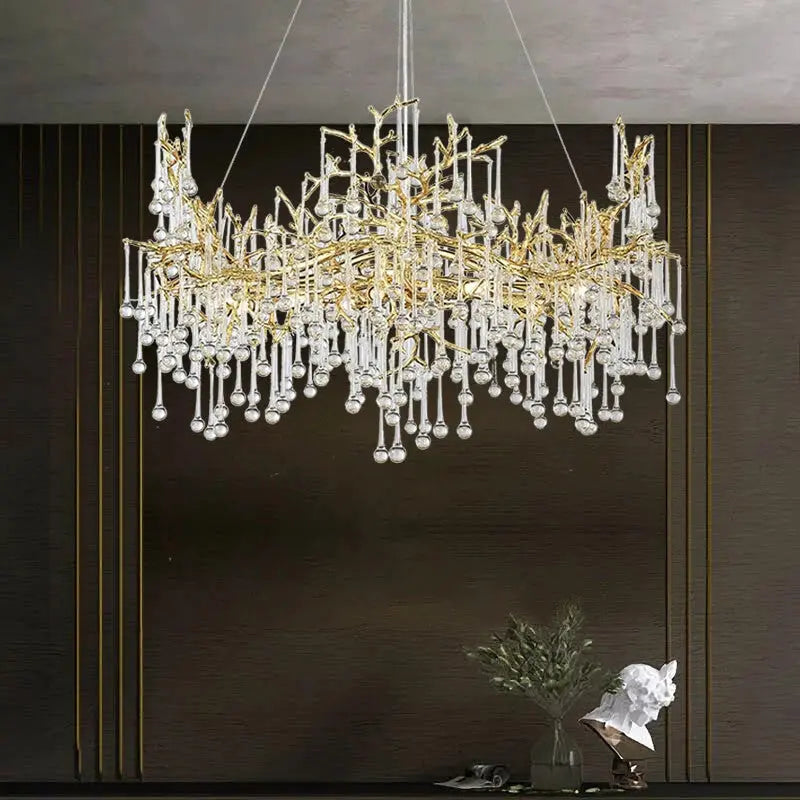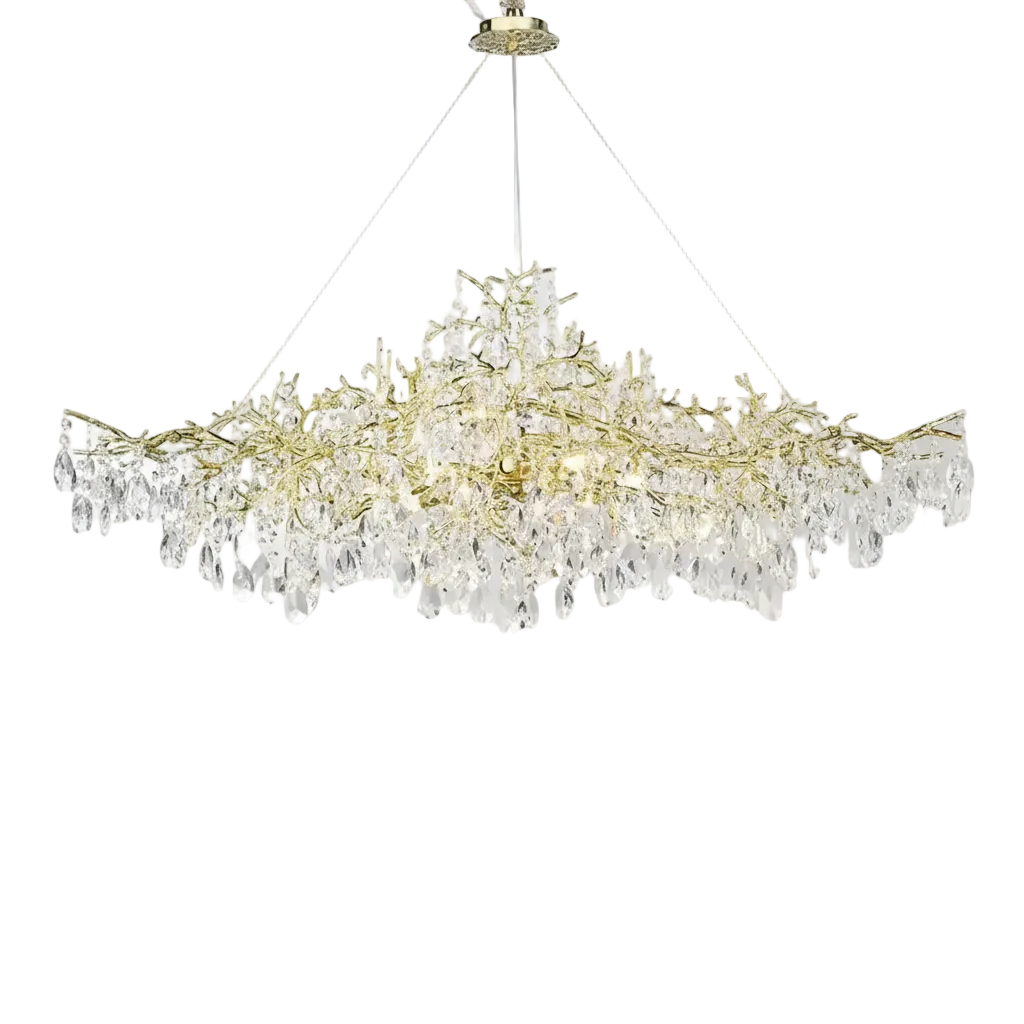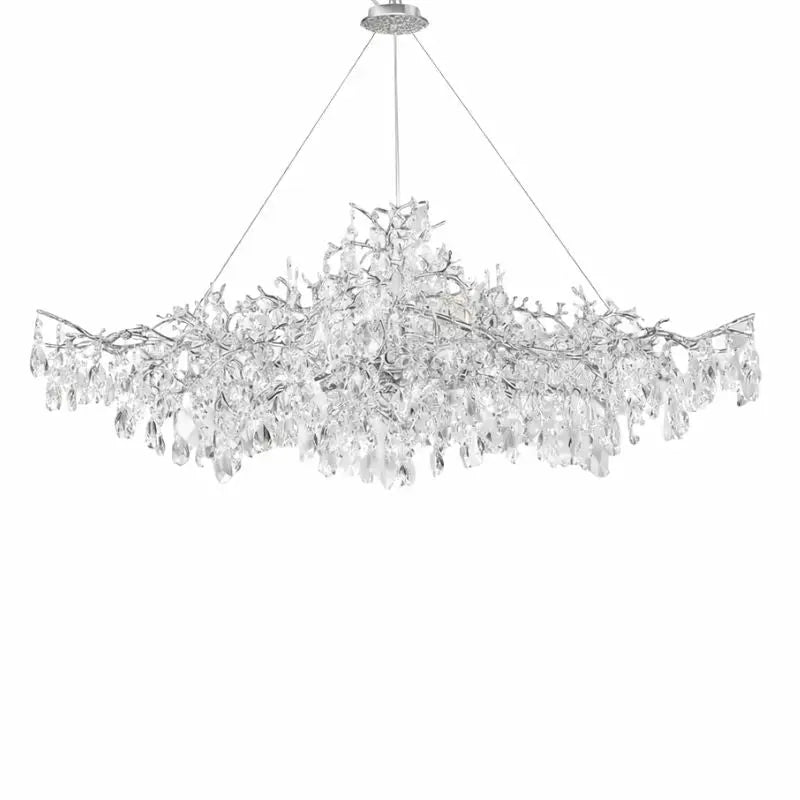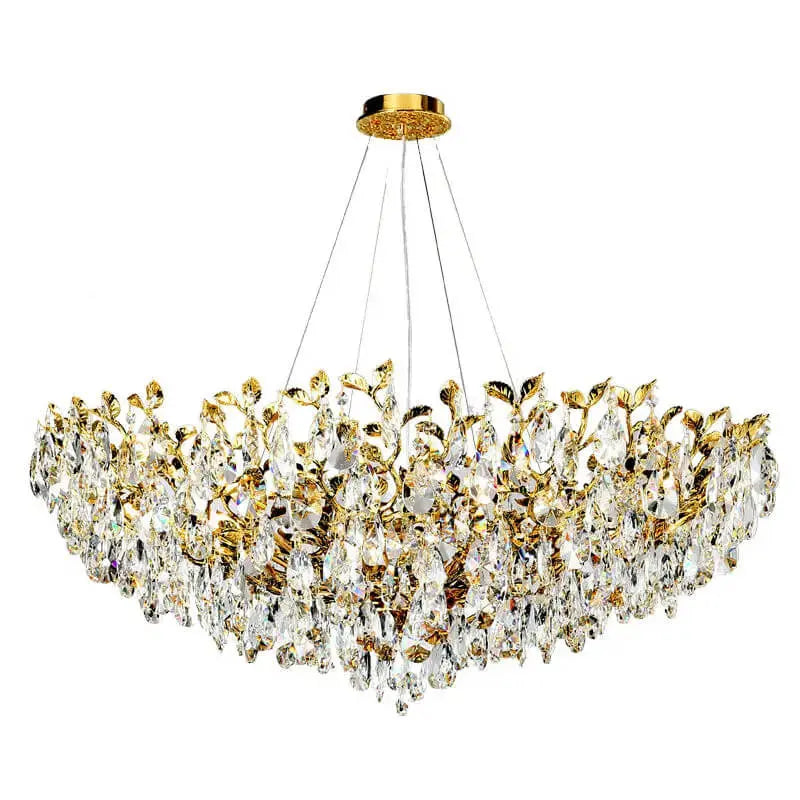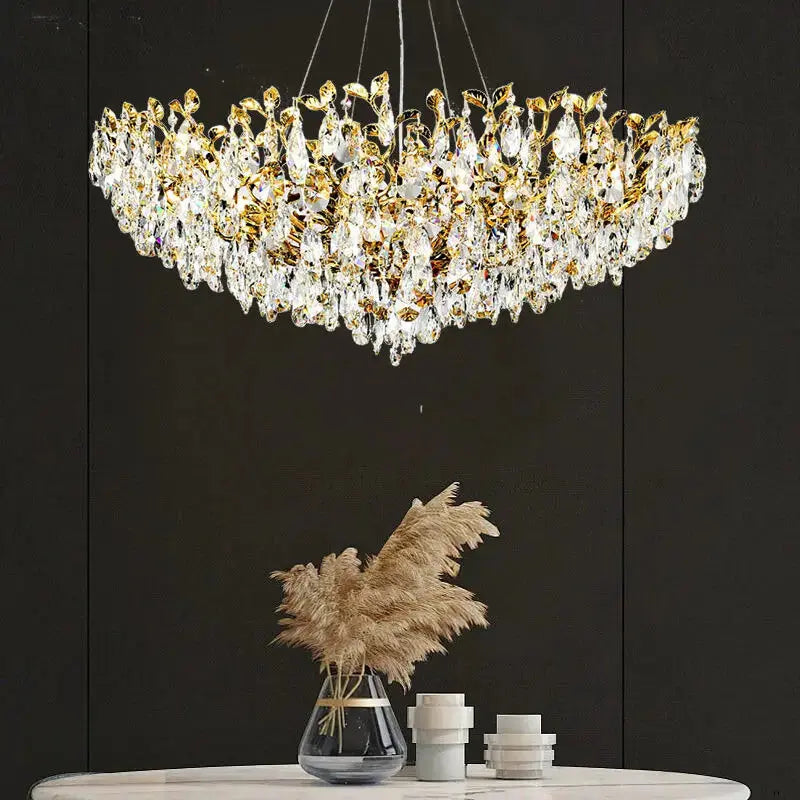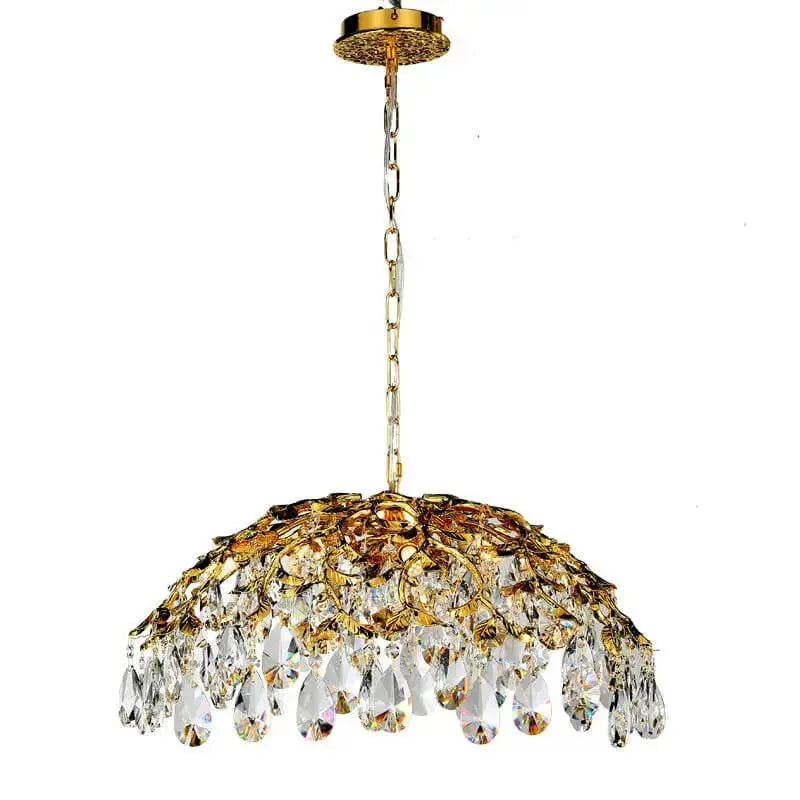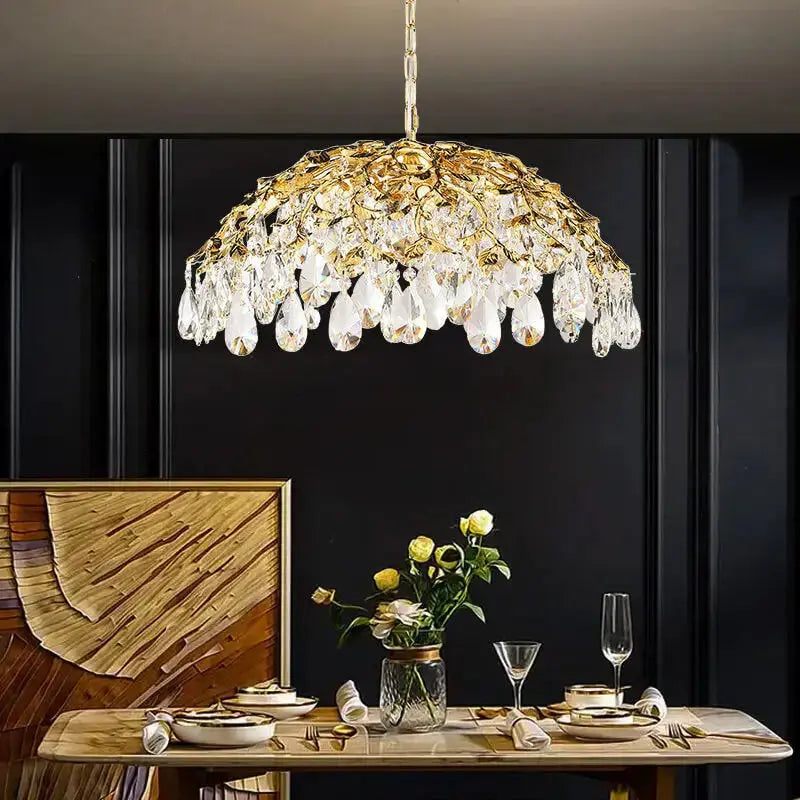Renovating your bathroom is a great chance to turn it into a stylish and practical space. One of the most important choices you'll make is picking the right flooring. Not only does it need to look good, but it also has to be tough enough to handle bathroom conditions. To help you out, we've put together a list of the best bathroom flooring options. Each type has its own special features, and we'll look at the pros and cons to help you decide which one is best for you.
Key Takeaways
- Ceramic and porcelain tiles are durable and come in many designs but can be cold and slippery.
- Vinyl flooring is affordable and water-resistant but can sometimes look less high-end.
- Natural stone flooring offers a timeless look but needs regular maintenance.
- Engineered wood flooring provides a warm, natural appearance but may not be as water-resistant as other options.
- Laminate flooring is budget-friendly and easy to install but can be prone to water damage.
Ceramic and Porcelain Tiles
Advantages of Ceramic and Porcelain Tiles
Ceramic and porcelain tiles are almost immune to water damage, making them perfect for bathroom floors. Their natural slip resistance adds safety to your bathroom. Porcelain tiles are denser and less porous, offering better durability and stain resistance compared to ceramic tiles.
Disadvantages to Consider
While ceramic and porcelain tiles are durable and waterproof, they can be cold and uncomfortable underfoot, which is a concern in a space where being barefoot is common. The tiles are easy to clean, but the grout between them can be tricky and requires scrubbing to remove stains.
Design Options and Trends
Ceramic tiles offer endless possibilities with a wide range of colors, shapes, sizes, and patterns. They can transform your bathroom from modern to vintage aesthetics. Porcelain tiles also come in various designs, allowing you to create a personalized and unique bathroom design.
Ceramic and porcelain tiles are a classic choice for bathrooms, combining durability and style for a long-lasting flooring option.
Vinyl Flooring
Types of Vinyl Flooring
Vinyl flooring comes in several types, each with its own benefits. Luxury vinyl planks (LVP) mimic the look of hardwood, while luxury vinyl tiles (LVT) resemble stone or ceramic tiles. Sheet vinyl is another option, often used for its seamless appearance and ease of installation.
Pros and Cons of Vinyl Flooring
Vinyl flooring is a popular choice for bathrooms due to its many advantages. It is highly water-resistant, making it ideal for areas prone to spills and moisture. Additionally, vinyl is budget-friendly and available in a wide range of designs, allowing it to replicate more expensive materials like wood and stone. However, vinyl may not be as durable in the long term, and its final appearance can sometimes be less polished than other options.
Pros:
- Water-resistant
- Budget-friendly
- Wide range of designs
- Easy to install
Cons:
- May not be as durable long-term
- Less polished appearance
Installation Tips
Installing vinyl flooring is relatively straightforward, but there are a few tips to ensure the best results. First, make sure the subfloor is clean, dry, and level. This will help the vinyl adhere properly and prevent any bumps or uneven spots. Next, measure the area carefully and cut the vinyl to fit, leaving a small gap around the edges for expansion. Finally, use a roller to press the vinyl down firmly, ensuring a secure bond.
Vinyl flooring is a great choice for those looking for a cost-effective and water-resistant option for their bathroom renovation. With a variety of styles available, it can blend the natural beauty and modern design you desire.
Natural Stone Flooring
Natural stone flooring brings a touch of elegance and timeless beauty to any bathroom. Whether you prefer the classic look of marble, the earthy feel of granite, or the rustic charm of slate, natural stone can instantly elevate your bathroom's style. Each type of stone has its own unique patterns, colors, and textures, ensuring a one-of-a-kind design.
Engineered Wood Flooring
Why Choose Engineered Wood
Engineered wood flooring is a great choice for your bathroom remodel. Made from layers of real wood and plywood, it keeps the warmth and richness of traditional hardwood but offers better durability and water resistance when properly sealed. This makes it a smart option for areas prone to moisture.
Durability and Maintenance
One key benefit of engineered wood is that it can be sanded and refinished, adding life to your bathroom floors. However, it does need regular care to prevent water damage. Here are some tips:
- Frequently check for signs of moisture or warping.
- Apply a new sealant when needed.
Design Versatility
Engineered wood comes in many styles and colors, making it easy to match your bathroom's look. Whether you prefer dark floors, light floors, or something in between, there's an option for you. This flooring type also allows for various installation patterns, adding a unique touch to your space.
Laminate Flooring
Advantages of Laminate Flooring
Laminate flooring is a great choice for those who want the look of more expensive materials like hardwood or stone without breaking the bank. It's durable, water-resistant, and easy to maintain. This makes it a practical option for bathrooms, where moisture is a concern. Laminate flooring is also available in a wide range of designs, allowing you to find the perfect match for your modern bathroom decor.
Potential Drawbacks
While laminate flooring is water-resistant, it is not as water-resistant as luxury vinyl or ceramic tiles. This means it may not be the best choice for bathrooms that experience a lot of water exposure. Additionally, laminate flooring can be prone to scratches and dents, so it may not be the best option for high-traffic areas.
Best Practices for Installation
When installing laminate flooring in a bathroom, it's important to use a water-resistant laminate specifically designed for wet areas. Carefully sealing the joints and edges will help protect against moisture. Here are some steps to follow for a successful installation:
- Prepare the subfloor by ensuring it is clean, dry, and level.
- Lay down a moisture barrier to protect against water damage.
- Install the laminate flooring, making sure to leave a small gap around the edges for expansion.
- Seal the joints and edges with a waterproof sealant to prevent moisture from seeping in.
Laminate flooring offers a budget-friendly way to achieve a sleek and stylish design in your bathroom. With proper installation and care, it can provide a beautiful and durable flooring solution.
Cork Flooring
Cork flooring offers a soft and inviting feel underfoot, making it a comfortable choice for bathrooms. Its natural thermal and acoustic insulation properties enhance the overall comfort level, providing a luxurious experience. Additionally, cork is naturally non-skid, which makes it one of the safest flooring options available.
- Comfortable: Cork provides a soft and relaxing feel.
- Healthy Environment: It resists mold, mildew, and is antimicrobial, promoting a clean and hygienic space.
- Eco-Friendly: Made from the bark of cork oak trees, it is a sustainable choice.
While cork is water-resistant, it is not waterproof, so it may not be ideal for children's bathrooms with frequent splashes and spills. Cork floors are relatively easy to install compared to tile or stone, but they do require a polyurethane coat, which might be intimidating for a newbie DIYer. The cost of cork flooring can vary based on quality and thickness, but it is generally affordable compared to other options.
Cork flooring is one of the top 10 sustainable interior design tips for an eco-friendly home. It combines sustainability and style, making it a great choice for those looking to create an eco-friendly bathroom.
Installing cork flooring is less complex than other materials, but it still requires some care. Here are some tips:
- Preparation: Ensure the subfloor is clean, dry, and level.
- Installation: Follow the manufacturer's instructions carefully.
- Sealing: Apply a polyurethane coat to protect the surface.
- Maintenance: Regularly clean with a damp mop and avoid excessive water.
By following these steps, you can enjoy the benefits of cork flooring for many years to come.
Concrete Flooring
Why Concrete is a Good Choice
Concrete flooring has become a popular and versatile option for modern bathroom designs. Its sleek and minimalist look can fit many styles, from industrial to Scandinavian. With the ability to be stained, stamped, or polished, concrete floors offer endless design possibilities. When properly sealed, they become highly resistant to water and stains, making them perfect for bathrooms.
Embrace the urban chic vibe with concrete flooring to create a unique and stylish bathroom.
Design and Customization Options
Concrete floors can be customized in many ways. You can stain them to add color, stamp them to create patterns, or polish them for a shiny finish. This flexibility allows you to match your bathroom's design perfectly. Concrete flooring can complement various styles, from modern to traditional.
Maintenance and Longevity
Concrete floors are easy to maintain. Regular sweeping and occasional mopping will keep them looking great. If sealed properly, they are resistant to water and stains. This makes them a durable choice for bathrooms. With good care, concrete floors can last for many years, making them a cost-effective option for your home renovation.
Concrete flooring is a fantastic choice for any home or business. It's durable, easy to clean, and looks great in any room. Whether you're renovating your kitchen, living room, or even your outdoor patio, concrete flooring can provide a sleek and modern look. Want to learn more about how concrete flooring can transform your space? Visit our website today!
Conclusion
Remodeling your bathroom is a great chance to make it both beautiful and practical. Picking the right flooring is a big part of this. Each of the top five options we talked about has its own perks and downsides. Whether you like the look of ceramic tiles, the affordability of laminate, the classic feel of natural stone, or the fun patterns of vinyl, there's something for everyone. Think about what fits your style, budget, and how much work you want to put into keeping it nice. With the right choice, your bathroom can become a favorite spot in your home.
Frequently Asked Questions
What is the most durable flooring option for bathrooms?
Ceramic and porcelain tiles are considered the most durable options for bathroom flooring. They are water-resistant and can withstand heavy foot traffic.
Can vinyl flooring be used in bathrooms?
Yes, vinyl flooring is a popular choice for bathrooms because it is water-resistant, affordable, and easy to install. There are also different types of vinyl flooring to choose from.
Is natural stone flooring suitable for bathrooms?
Natural stone flooring can be used in bathrooms, but it requires regular maintenance to prevent stains and water damage. It is also more expensive than other options.
What are the benefits of cork flooring in bathrooms?
Cork flooring is eco-friendly, comfortable to walk on, and has natural anti-microbial properties. However, it needs to be sealed properly to protect against water damage.
How do I maintain concrete flooring in my bathroom?
Concrete flooring is easy to maintain. Regular cleaning with a mild detergent and occasional resealing will keep it looking good and protect it from moisture.
Can laminate flooring be installed in bathrooms?
Laminate flooring can be installed in bathrooms, but it is important to choose a type that is specifically designed for moisture-prone areas to prevent damage.




